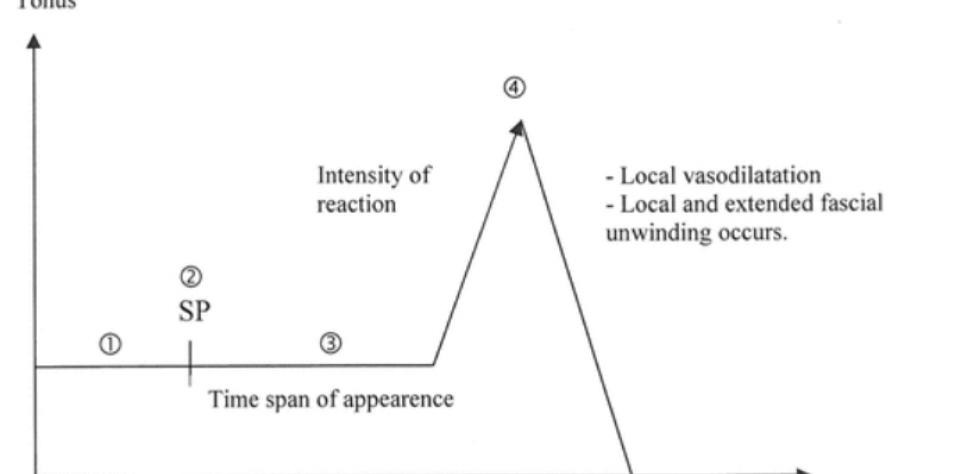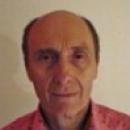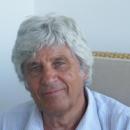Background:
A first study on vascular fasciatherapy enabled us to observe the turning of a turbulent blood flow into a laminar one, and a questioning on the process involved in this transformation
emerged. The first question was: What is the nature of artery from the point of view of fascia? And a second question was: Which is the link permitting the observed process working in our first study? So this time, we are investigating a specific aspect of the big question that polarizes the interest of many researchers: “What is fascia?”
Methods:
Following Donald Ingber’s statement, “It is necessary to understand how tissues and organs are structured across multiple size scales”, our research methods have been established in
order to collect information on what is artery and what is fascia. Concerning these two organs, we have questioned science across the scales of embryology, anatomy, histology and cytology. Beyond
the knowledge on structure, the functional link between artery and fascia is the necessary complement of this study whose starting point is in fact a questioning on process. As an application of this
study, vascular fasciatherapy Danis-Bois Method and mechanotransduction have been investigated in theoretical and in research aspects to improve the understanding of how they work.
Results:
The embryological approach points out a common origin and a histofunctional community of connective tissue and artery. As organs, arteries are sheathed by the adventia-fascia, and
are penetrated by connective tissue extensions in media and intima. Furthermore, the functional point of view of this study reports the knowledge on mechanotransduction involving artery, both from the connective side and from the luminal side. Functional anatomy, surgery, histology, and cytology integrating the theory of the extended cytoskeleton, underline continuity from the static and functional points of view, with tensegrity being the architectural principle linking molecules to the entire body.
Conclusion:
By answering these questions, we are attempting a better understanding of the mechanisms occurring in the progress of the arterial supporting point. One could presume that it relaxes adventitia and media, locally and all along the arterial network. Its action could also extend inward to the intima and on blood, as well as outwards to the neighboring connective tissue. By its local and remote action, it may be useful when diseases associate general perturbations and arterial disorders, like in high blood pressure or in aging.




